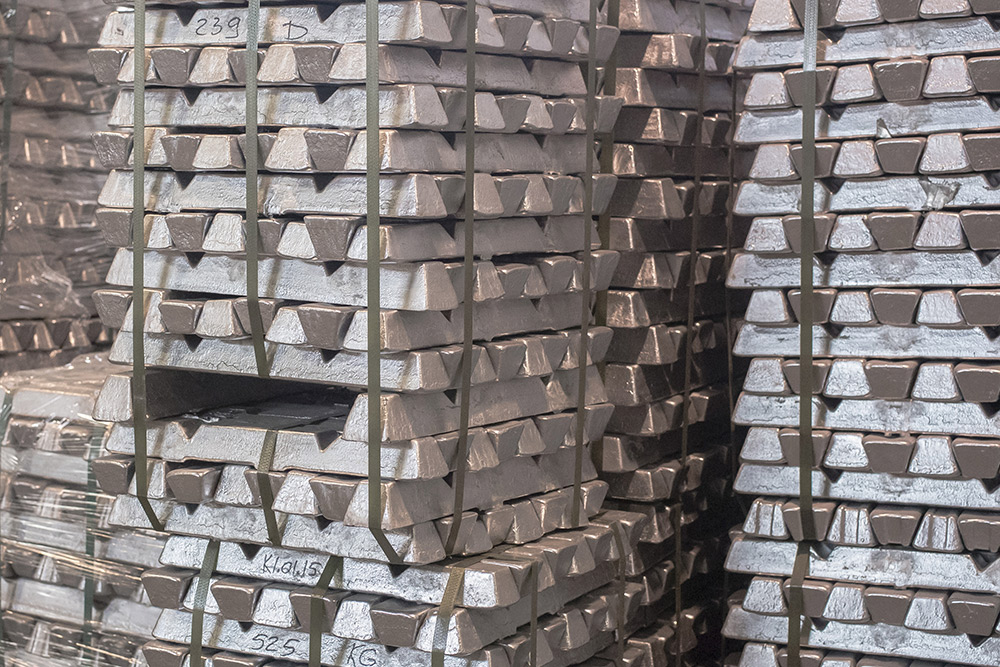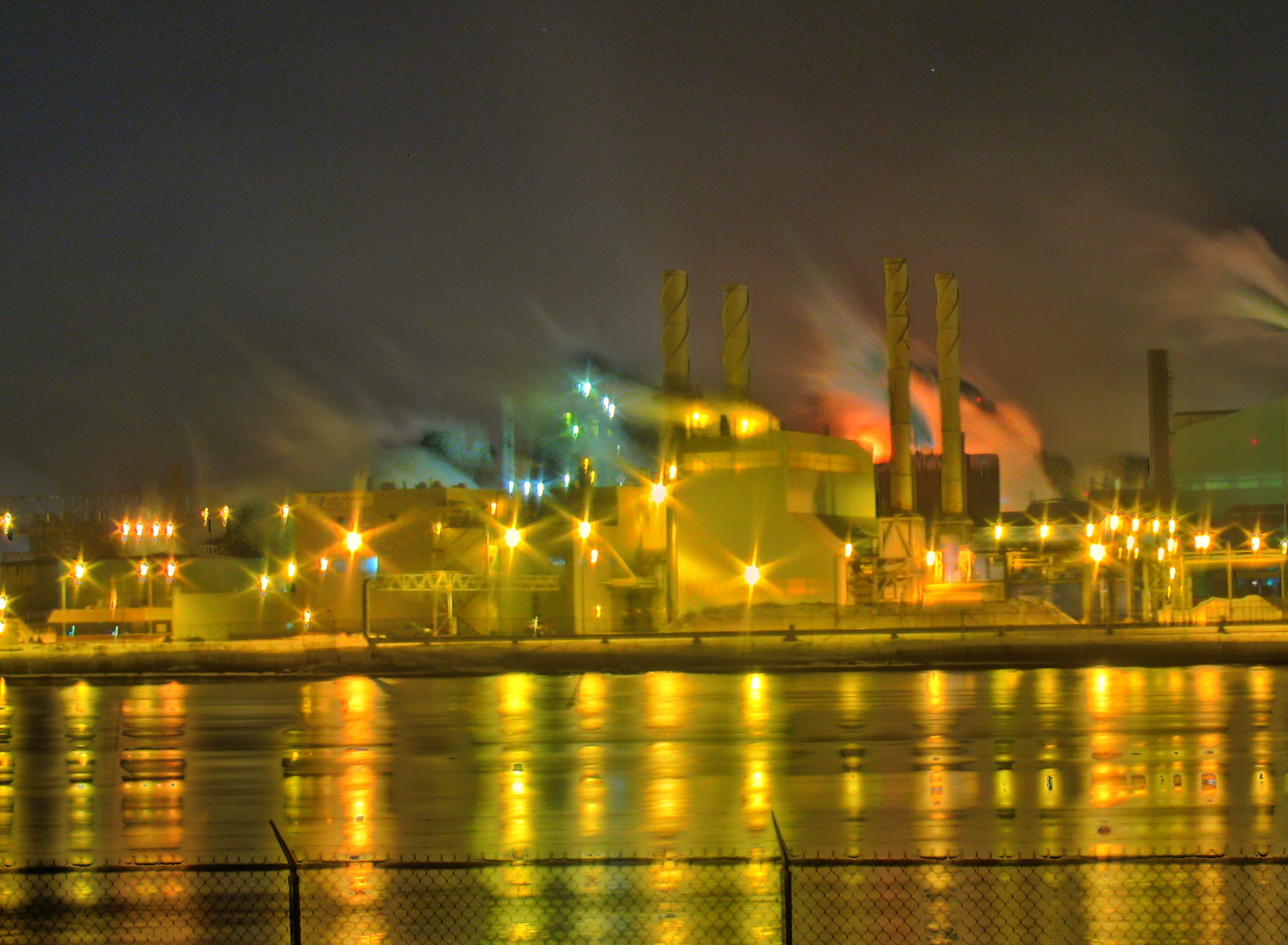Article
Aluminum in Canada
Aluminum is a lightweight, strong and flexible metal that resists corrosion and is 100 per cent recyclable. It is a common material in vehicles, buildings, consumer goods, packaging, power transmission and electronics. Canada’s aluminum industry began at the turn of the 20th century and grew quickly during both World Wars. In 2022, Canada produced approximately 3.0 million tonnes of primary aluminum, making it the world's fourth largest primary aluminum producer. The country nevertheless accounts for 4.4 per cent of global production. Aside from one smelter in Kitimat, British Columbia, all Canadian plants are in the province of Quebec. Click here for definitions of key terms used in this article.












